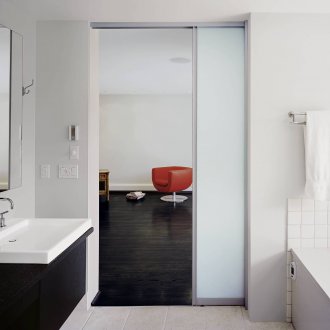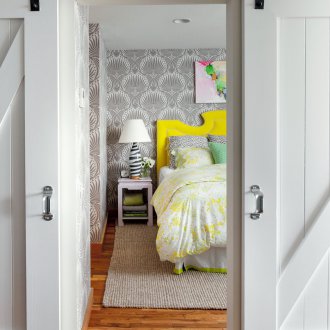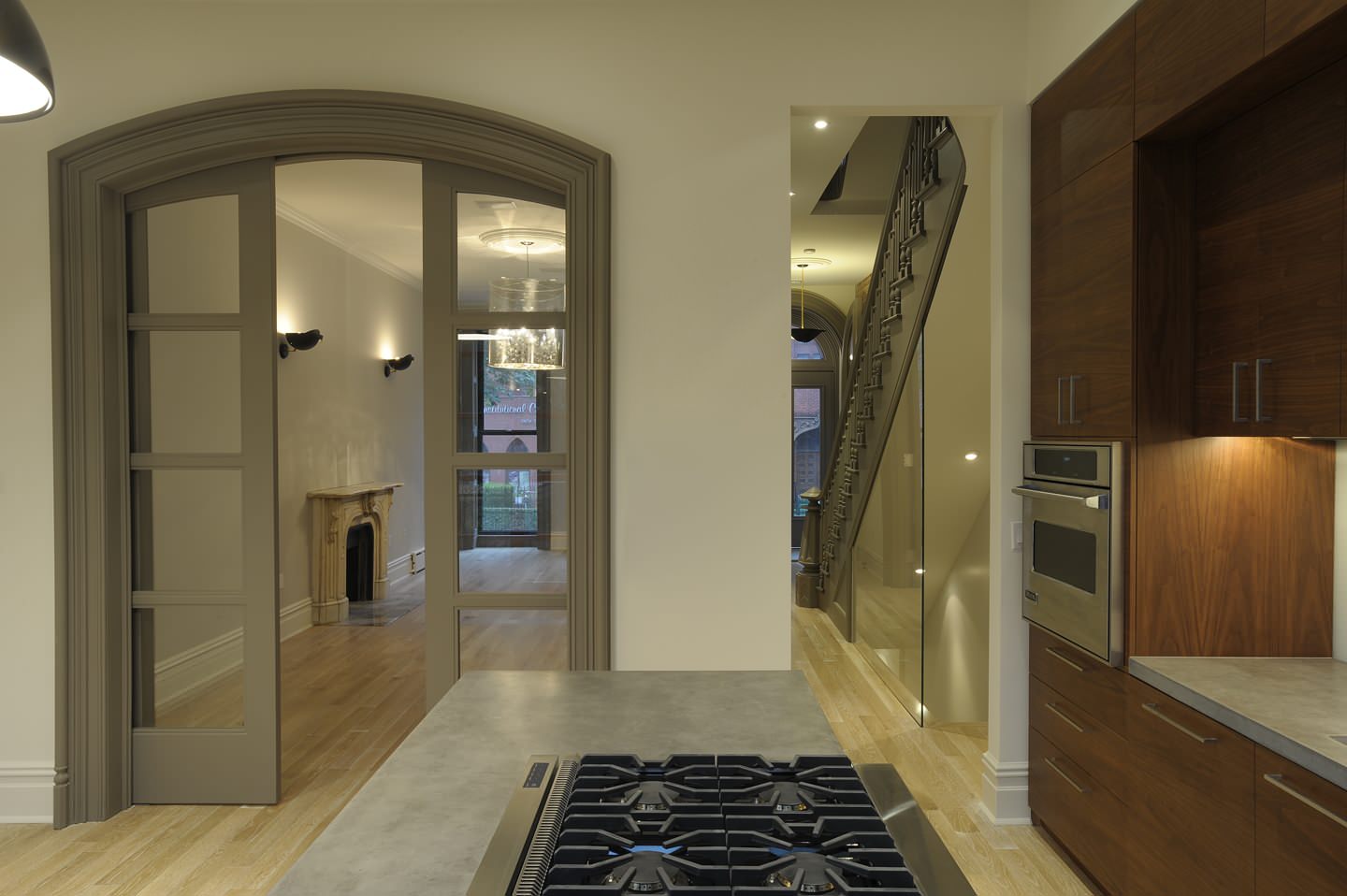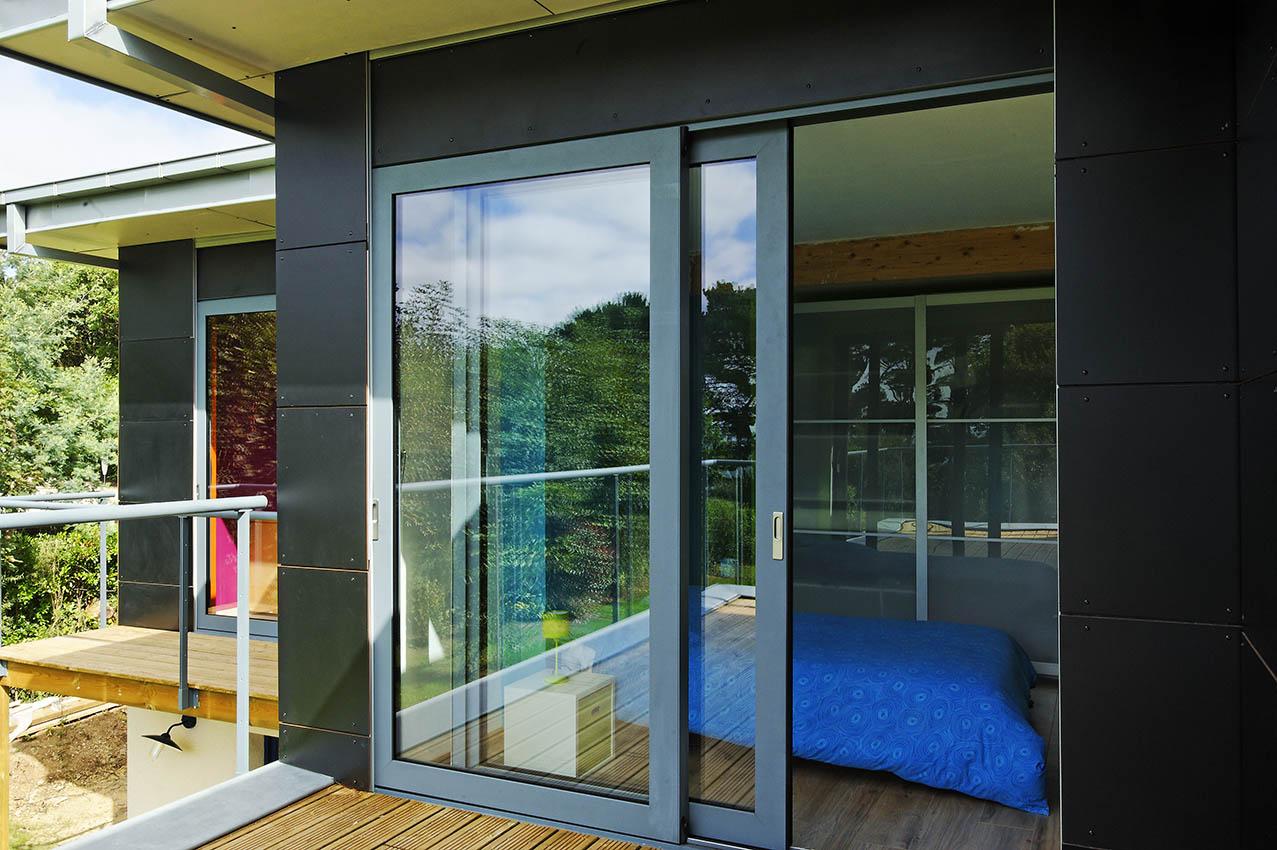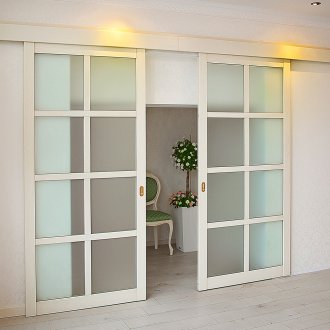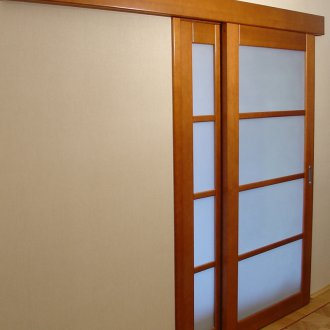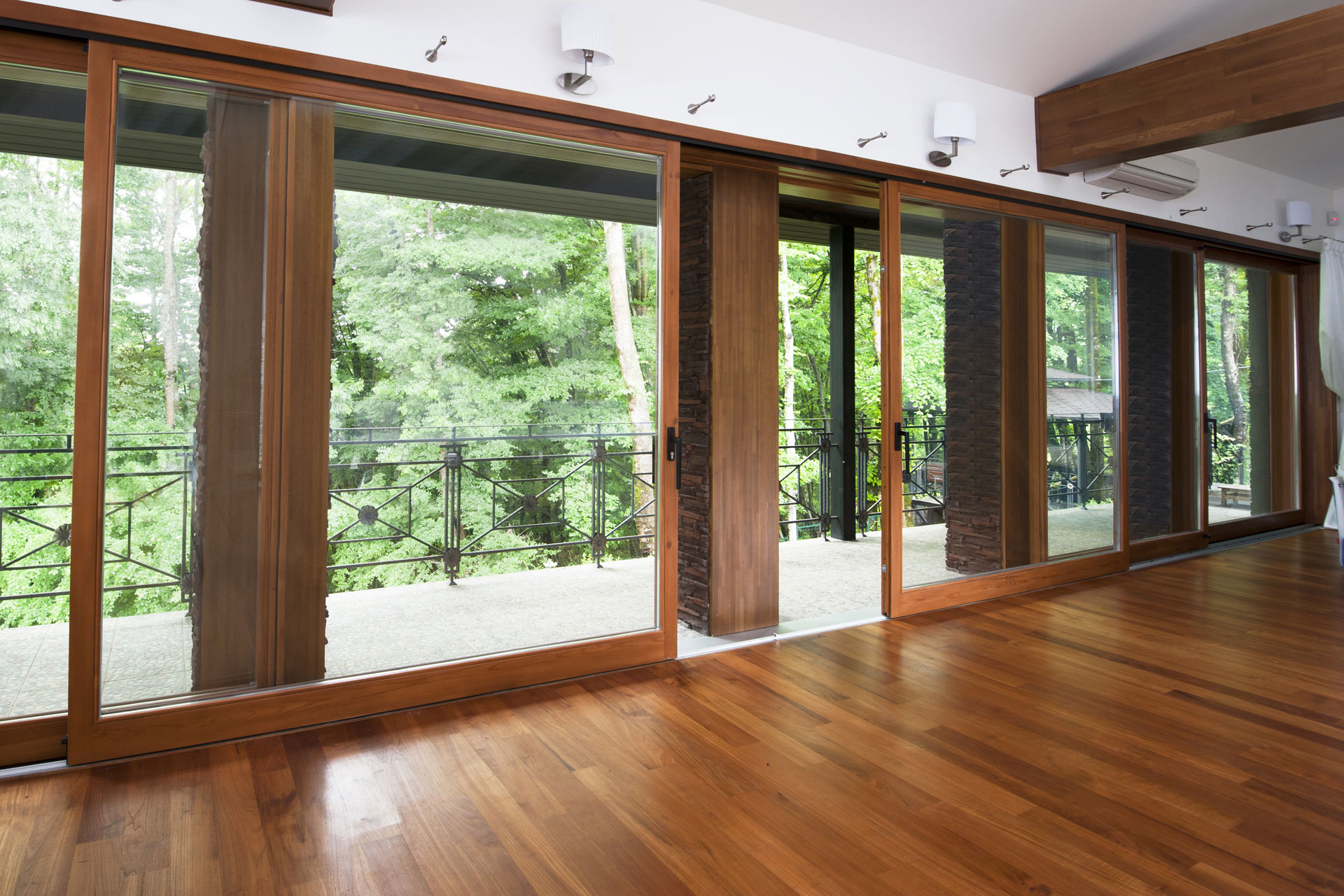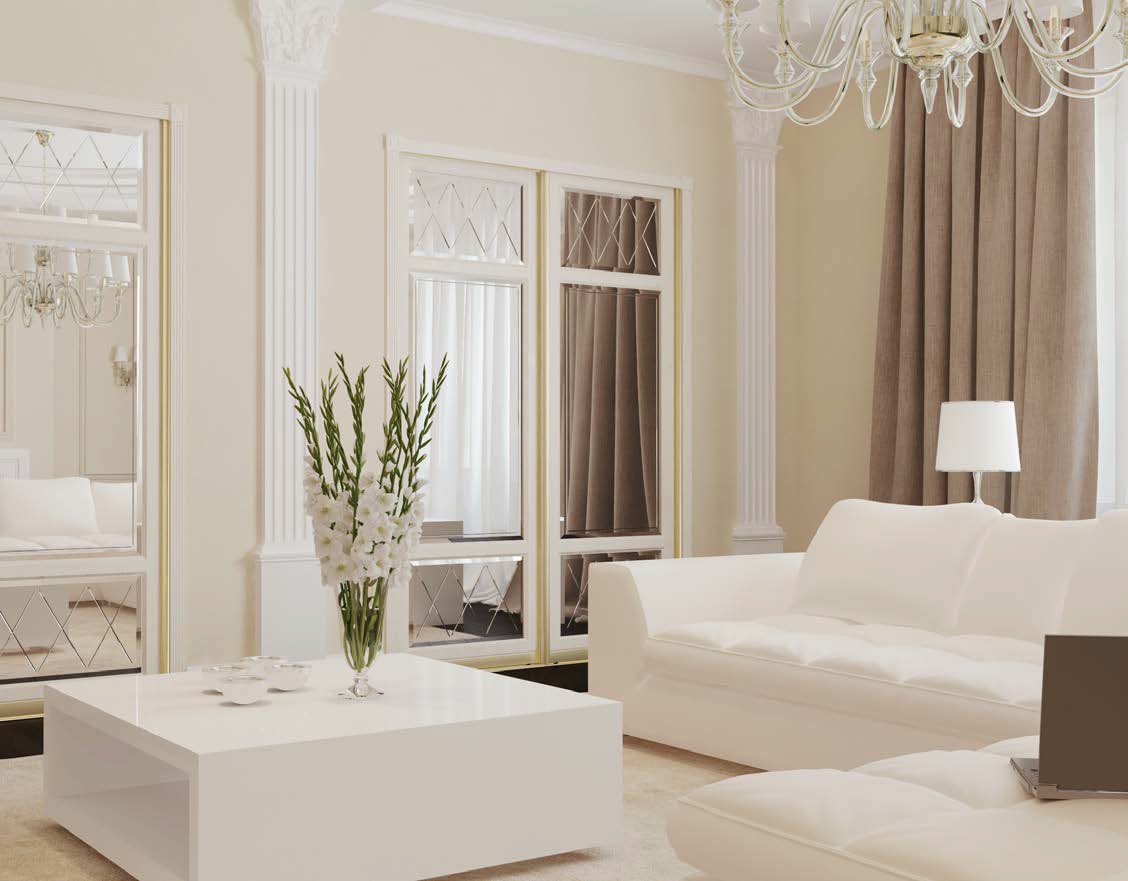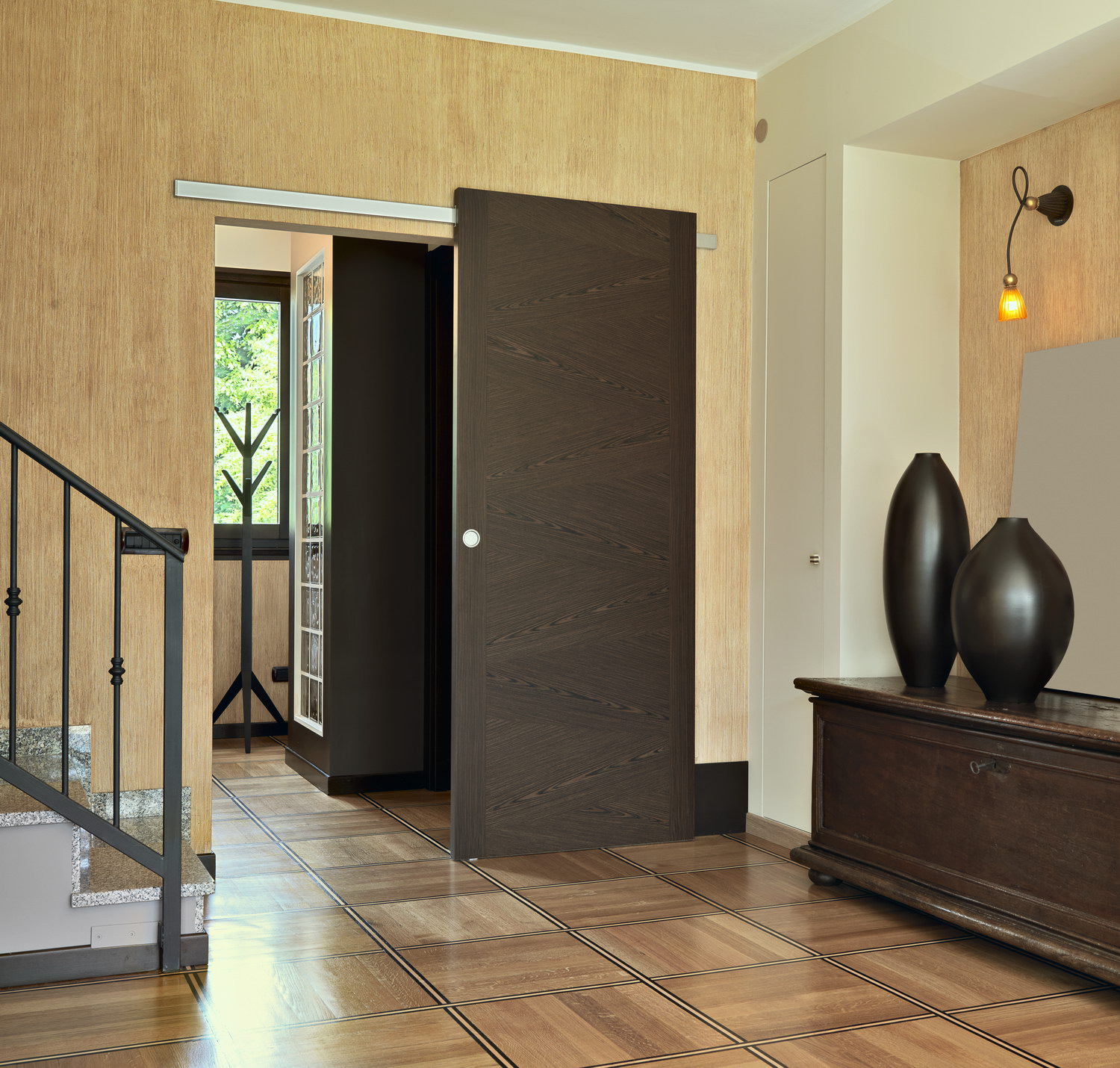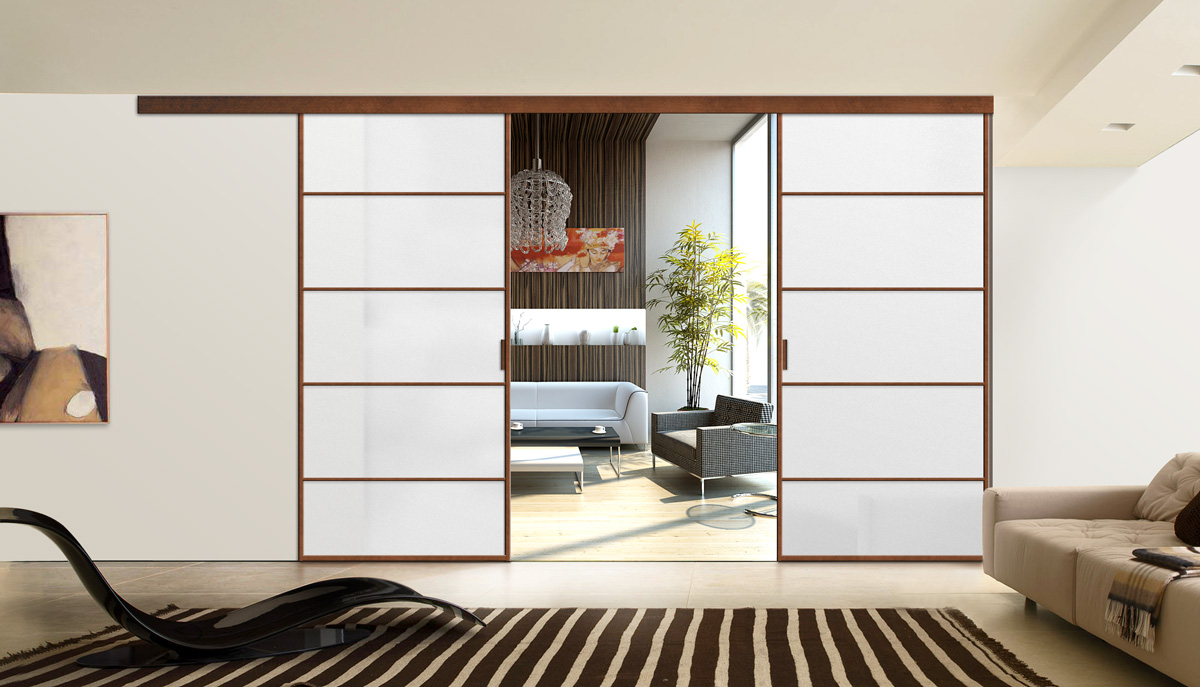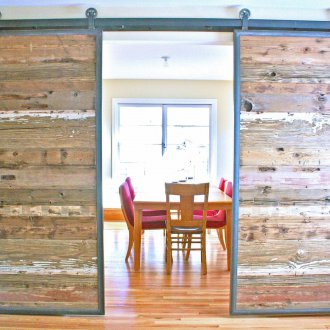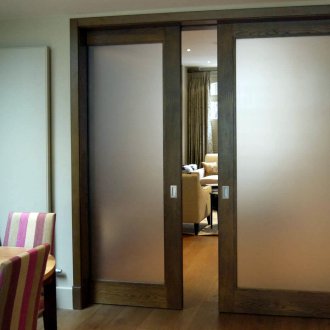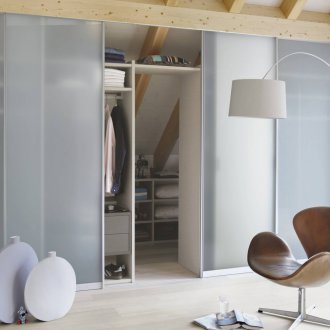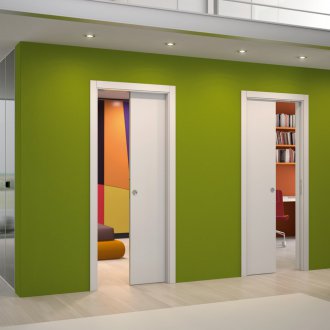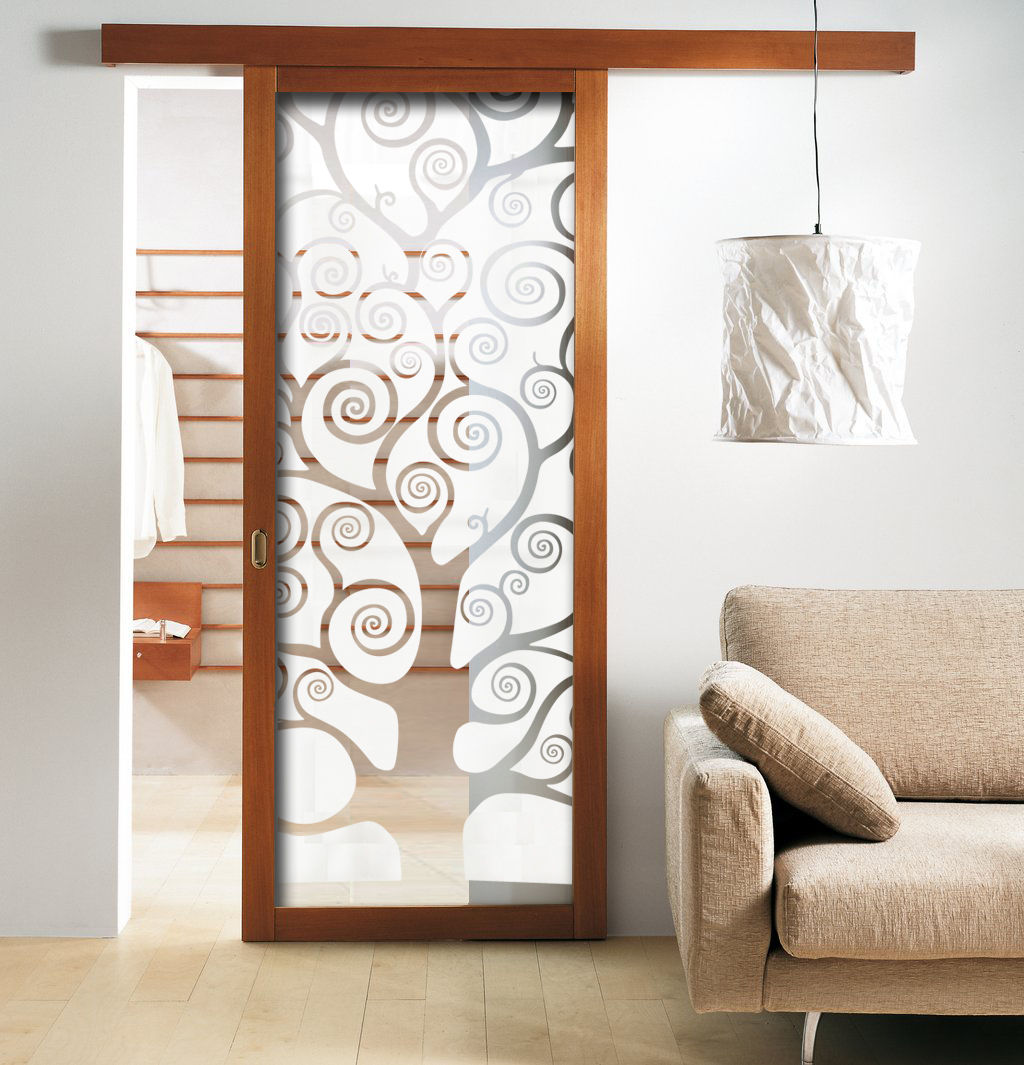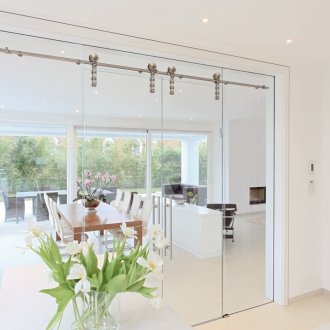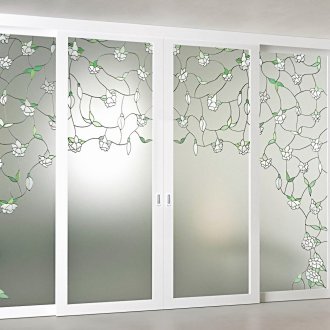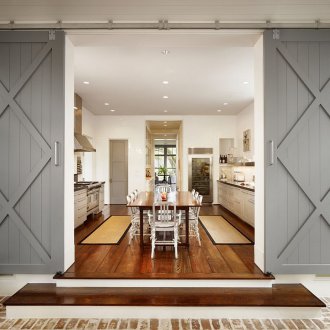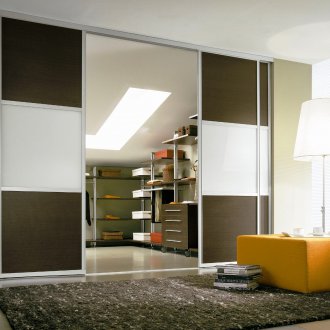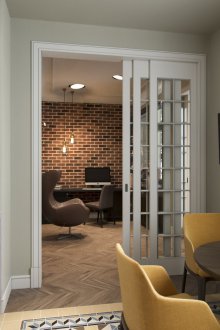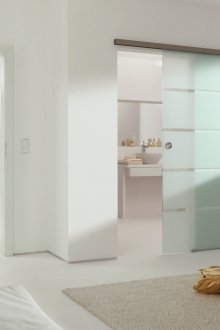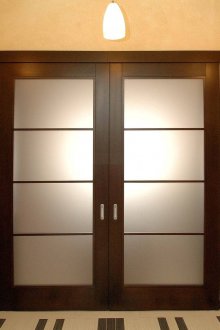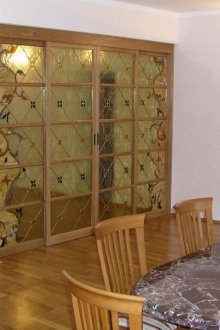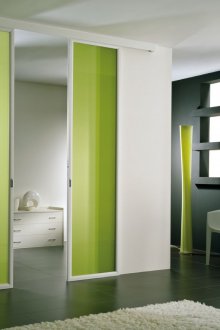Sliding doors: advantages, disadvantages and use in the interior (26 photos)
Content
In the modern world, new technologies are constantly appearing to create a stylish and comfortable interior. One of these technologies is sliding doors, which quickly gained popularity in the design of various residential premises. Their use allows you to save space, and also gives the interior a modern and unusual appearance. However, when choosing such doors, you need to understand the difference between sliding and conventional sliding doors, as well as their main advantages and disadvantages.
Feature of sliding doors and their difference from sliding designs
Sliding doors - structures in which the leaves move out to the sides. Sliding doors also slide apart, but are equipped with wheels above and below, which helps to distribute the weight.
Sliding doors have a more rigid and reliable support. Sliding structures do not have a lower fulcrum, so they fail more quickly.
Thus, sliding doors in comparison with sliding doors have the best operational characteristics:
- Thanks to the support of the door on the floor, the retractable structures last much longer without loss of basic performance.
- During operation, the sliding doors do not jam and are always in a level position. However, this point, first of all, depends on the quality of the structure and the correctness of its installation.
- High-quality sliding doors with two pairs of rollers work easily and quietly. Especially if they are equipped with soft rubber wheels.
Another fundamental difference between the two types of doors is that sliding structures are always double-leafed. They cannot only move in one direction. Sliding doors can be either double or single wing.
Sliding doors are made without rollers. They can be made on the basis of the doors for the cabinet. To understand how sliding metal, glass or wooden doors differ from sliding structures, it is necessary to understand their main advantages and disadvantages.
Pros and cons of sliding doors
Sliding structures differ from swing doors not only in technical characteristics, but also in their advantages. The main advantages include:
- The use of sliding doors allows you to increase the space in the room due to the use of special mechanisms.
- Excellent masking of the room.
- Stylish and modern design, which makes it possible to use designs in the interior of any style.
- An additional opportunity to control the opening of interior doors using an automatic mechanism.
- A wide range of materials, design and fittings.
- Lack of reaction to drafts. Sliding doors due to sudden closing or wind can rattle.
- The design does not take up much space, so it can be used in any room.
- They can be used as doors for a dressing room, bedroom, children's room, bathroom or kitchen.
- Reliability and durability of work, which is guaranteed by two pairs of rollers.
Despite the obvious advantages of installing sliding doors, they also have a number of disadvantages that must be considered when choosing them. These include:
- The presence of a lower guide, which can be a problem when moving small children or elderly people.
- A rail with wheels on the floor constantly collects dirt and debris, which is difficult to get rid of. To clean it, you will have to use a damp cloth or a special nozzle on the vacuum cleaner.
- Interior sliding doors have a low rate of heat and sound insulation, so they can not be used as entrance doors.
- For the sliding mechanism to work, it is required to use the wall space near the doorway, so it will not be possible to decorate it.
- The cost of sliding doors, as well as accessories to them, is much higher than conventional designs.
- To install interior sliding doors, the services of a professional craftsman are required. It will be difficult to independently carry out the work.
Thus, before purchasing sliding doors in an aluminum frame, made of plastic or glass, you must weigh the pros and cons. For example, if you use sliding doors in the bathroom or in the kitchen, you will be able to save precious space, but such structures will not work for protection from noise and cold.
Design and materials for sliding doors
Sliding doors are distinguished by a stylish and modern design, which is why they are very popular. And if earlier only plastic doors were made using this technology, now you can find modern and high-quality sliding glass doors or durable aluminum structures.
As a rule, manufacturers of such doors prefer to use light materials. Aluminum or plastic doors do not require such a serious and expensive base and mechanisms. However, the doors can be made of natural wood or chipboard.
For the manufacture of sliding doors, glass is also used. Most often it is used to make wardrobe doors, kitchens or as partitions in a room. Glass can be frosted, tinted or with stained glass paintings. Mirrors can also be used.
Elite sliding doors are made of natural wood, with inserts of leather and fabric, and there are also combined models with mirrors. More affordable structures are PVC doors, aluminum and plastic structures.
The material is determined depending on the purpose of the design, as well as the style of the interior where it will be used. For example, aluminum and glass structures are used for the interior in hi-tech style, and wooden doors are used for placing in the classic style. For modern interior styles, it is advisable to use radius doors and other unusual designs.
Sliding doors are also used in an ecological style. To create this style, the interior uses linen, leather, veneer, bamboo and natural fabric. In the Mediterranean style of room decoration, plastic and aluminum doors with a bright coating and glass inserts will most successfully look.
Thus, sliding doors are unusual, convenient and durable designs for decoration of almost any room. However, when buying such doors, you need to choose only high-quality designs, and trust the installation to professional craftsmen.
